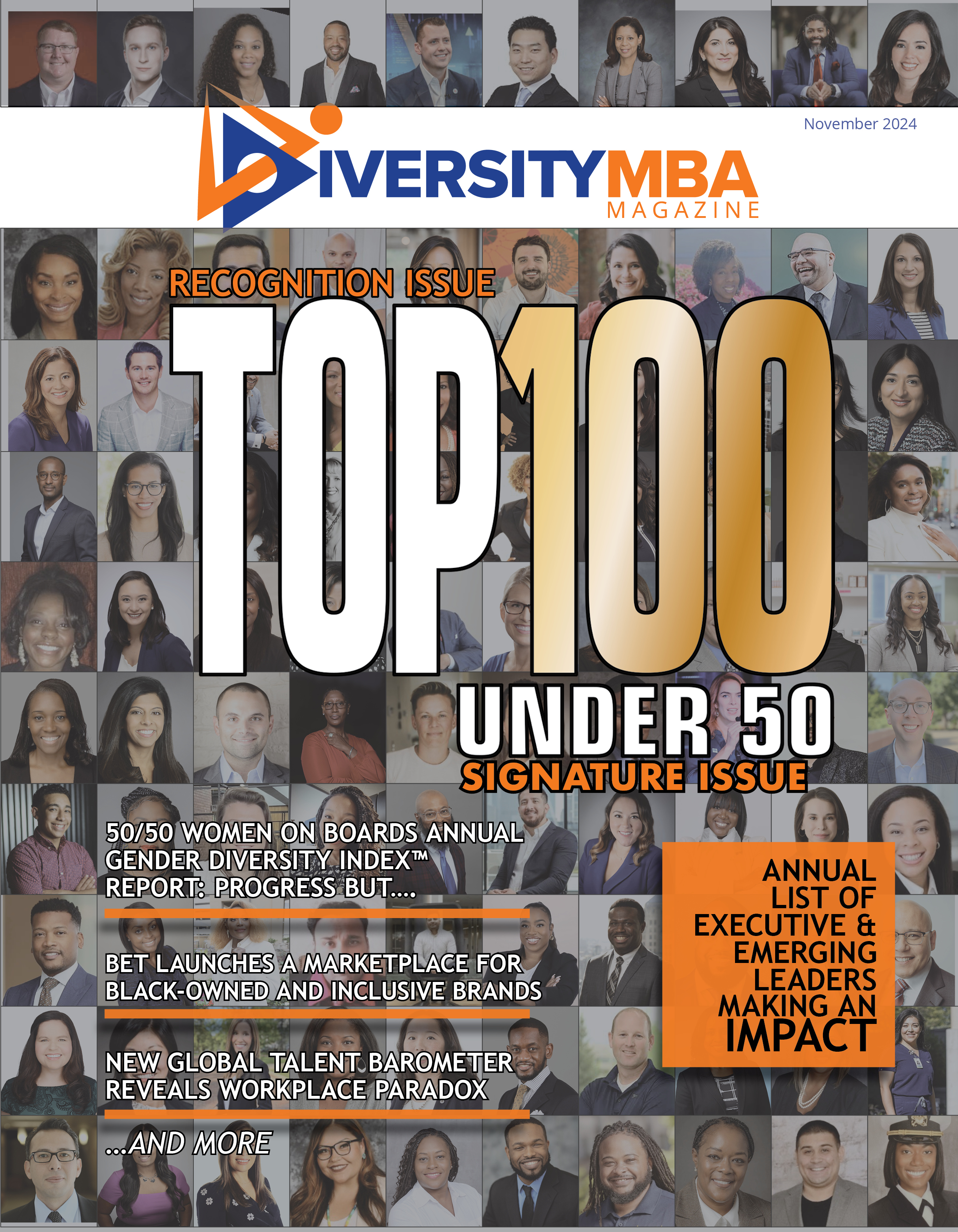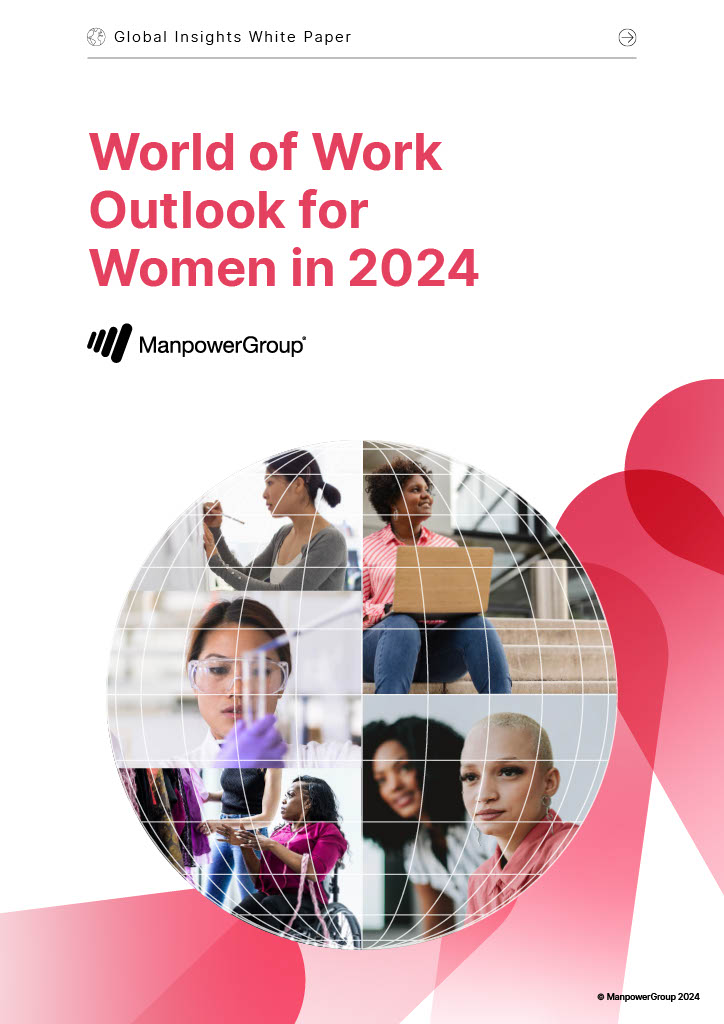I’ve spent 25 years of my professional life working with and observing what makes great leaders. I have worked inside Fortune 1000 companies, I have advised over 100 CEOs, and I’ve cultivated more leadership pipelines than I want to remember. Just recently, I have noticed a disturbing trend in leadership preparation. I noticed that, despite all the efforts, there were familiar stories that kept resurfacing that lead to the conclusion that there is a bias against women leadership qualities. Those qualities include being opportunity-driven, strategic, passionate, entrepreneurship-minded, purpose-driven, and tradition- and family-oriented.
As I read a recent study that stated women make up less than 5 percent of the CEOs in Fortune 1000 companies, I began to wonder if it is possible that these same traits are a perceived as detractors of a woman’s ability to lead. Women have many qualities that I believe make them very effective leaders. However, I have begun to wonder whether the perception of these same traits may be perceived as less than favorable when seen in a woman being considered for the top spot.
In a study to determine what differentiates CEO’s from other executives, Russell Reynolds, a leading executive at a recruitment and assessment organization, found that, of the 60 characteristics that set CEOs apart from other executives, there were only 9 traits that stood out:
- opportunity-driven, willingness to take calculated risks,
- bias towards action,
- ability to efficiently “read” people,
- ability to plan for the future
- ability to perform effectively in complex and difficult environments
- ability to achieve success through others
- ability to be strategic yet tactical
- ability to be tough yet emotionally sensitive
- ability to be decisive yet inclusive
My question is: How do assessments identify the “CEO leadership traits” in women and are the assessments more focused on how those traits are traditionally exhibited in men? What makes a great leader today? Many of us carry this image of this all-knowing superhero who stands and commands and protects his followers. But that’s kind of an image from another time, and what’s also outdated are the leadership development programs that are based on success models for a world that was, not a world that is or that is coming. What I realized as I was studying these traits of CEOs is that the same traits show up in women leaders perceived in more negative terms as it relates to women. Bossy as opposed to decisive, calculating as opposed to strategic, and demanding as opposed to tough, to name a few. If those people who choose leaders identify female strengths as negative traits it is no wonder that are less than 5 percent of all CEOs are women and less than 1 percent are African-American Women.
In a recent study of over 4,000 companies, 58 percent of the companies cited significant talent gaps for critical leadership roles. Therefore, despite corporate training programs, off-sites, assessments coaching, and other methods, more than half the companies failed to grow enough great leaders. Given that women now comprise 56 percent of the workforce, these numbers are a surprise.
You may be asking yourself, is my company helping me to prepare the next great 21st-century women leader? The odds are, probably not. Where should you be looking to anticipate the next leader for your business model? The answer to this question is to minorities and to women. And then how are you distilling these potential candidates so that making future hiring decisions something that you’re prepared and ready to do?
The second question is what is the size, make-up and diversity measure for leadership candidates and network? How deep and diversity is your bench? Everybody knows that the good ol’ boy networks are alive and well today. Many institutions continue to perpetuate this culture of exclusion through unconsciously biased business and hiring practices. It’s understandable that, to some extent, we all have a network of people who we’re comfortable with. However, if your organization doesn’t have capacity to develop relationships with people who have different leadership than those which are already present, comfort can lead to stagnation. Great organizations understand that having a more diverse leader is a source of transformation at greater levels.
So my final question to corporate boards is, when looking for new CEOs and leaders of organizations, do you look for those who look, act and think the same, or someone who is thinking differently than you are?









